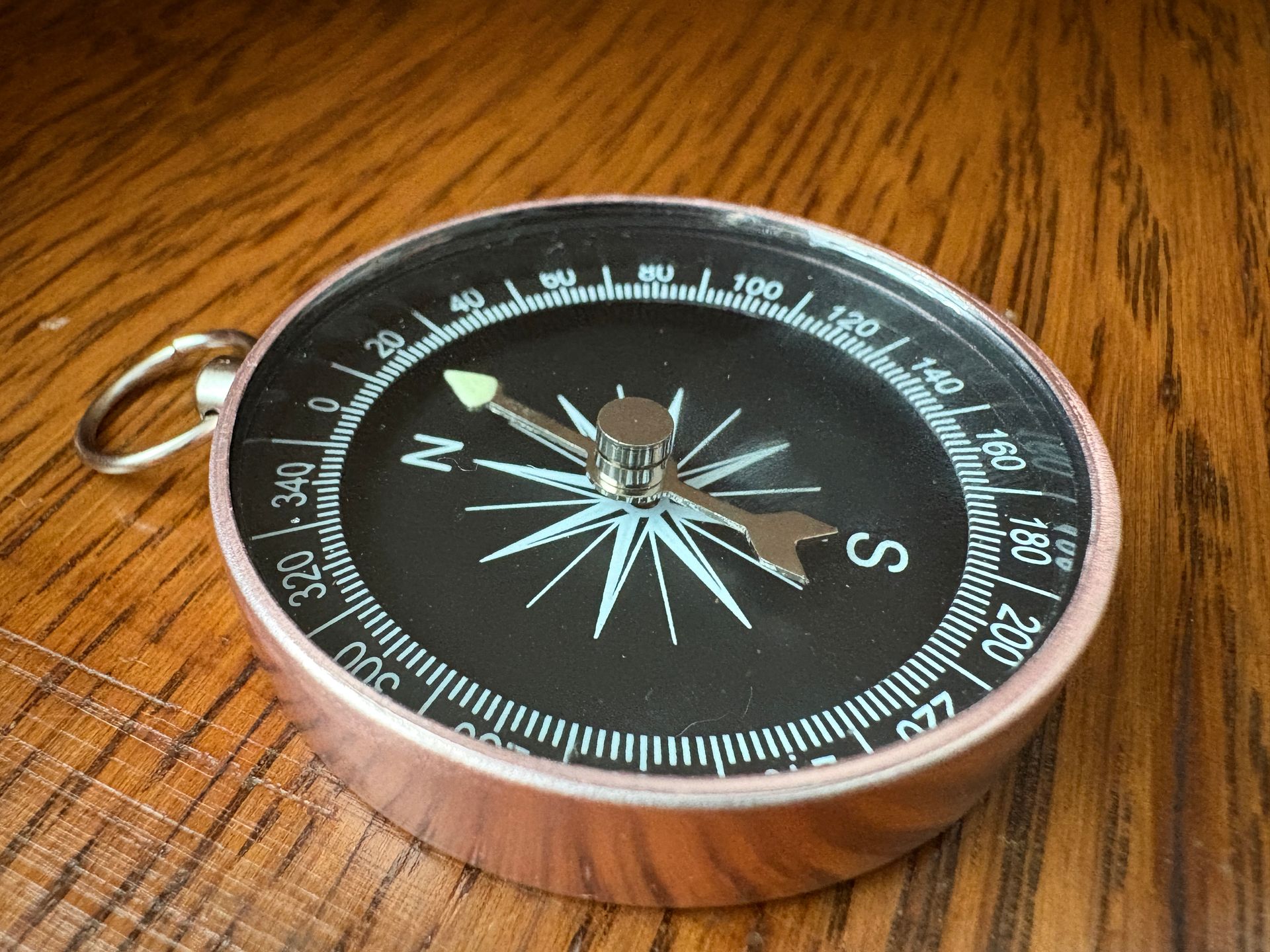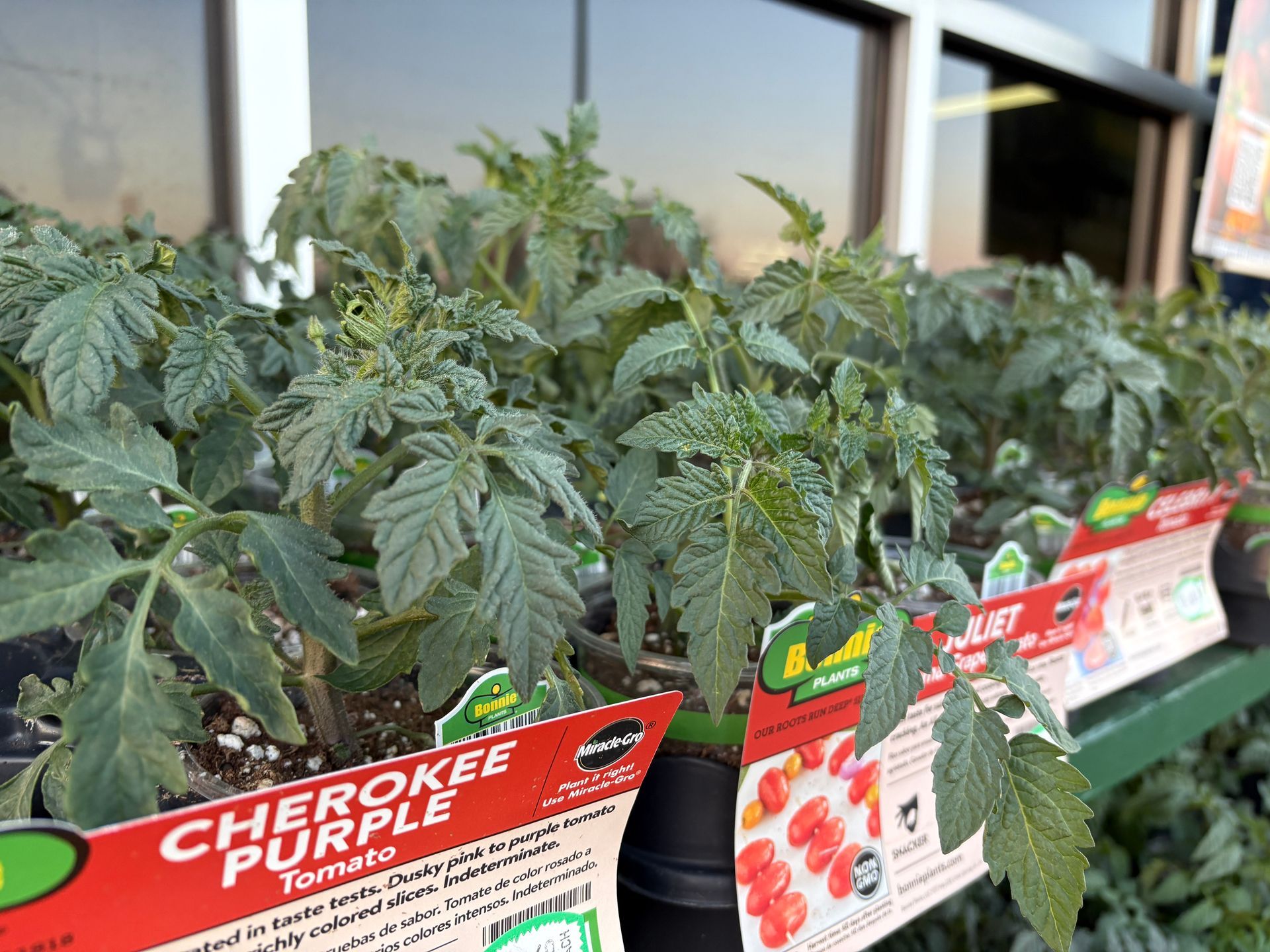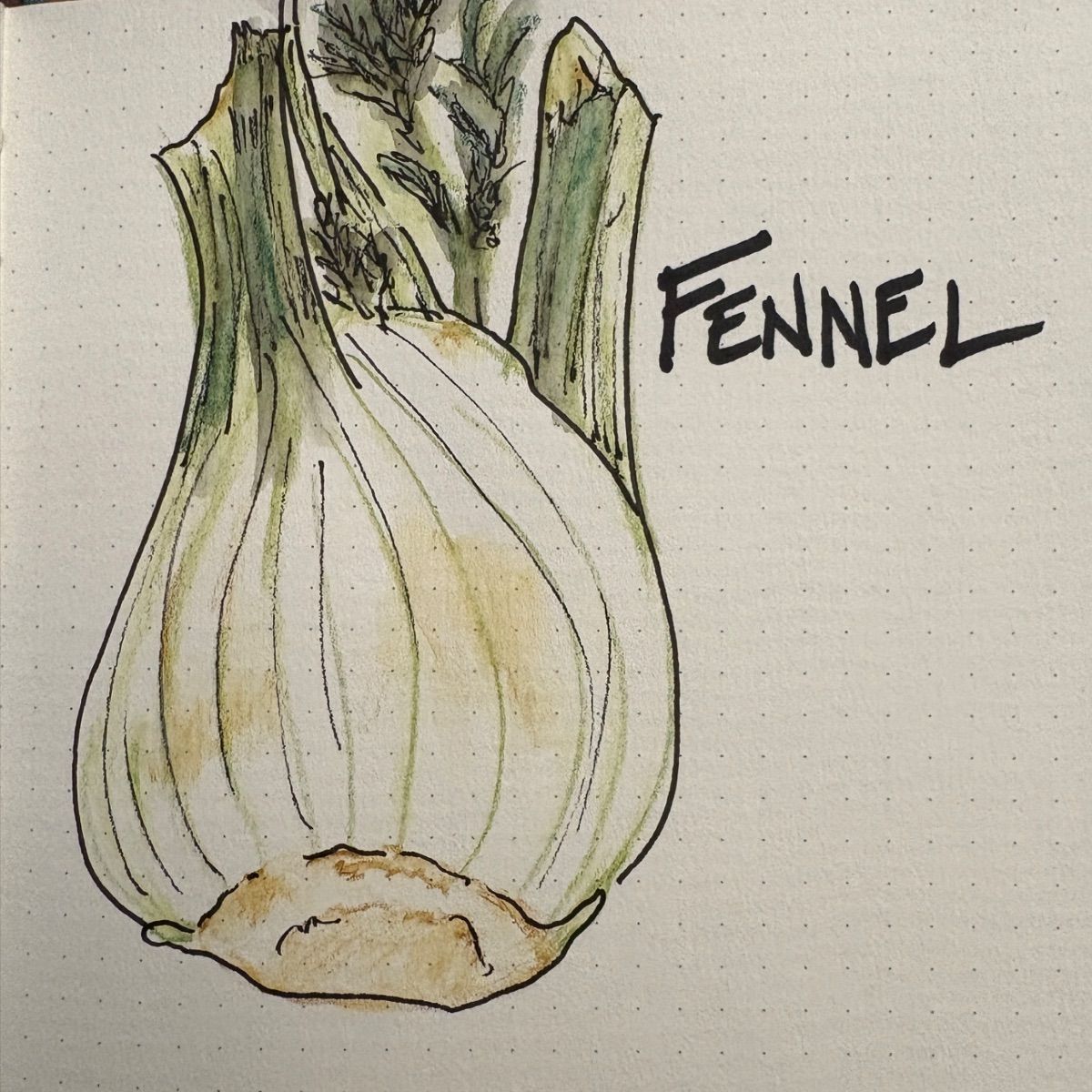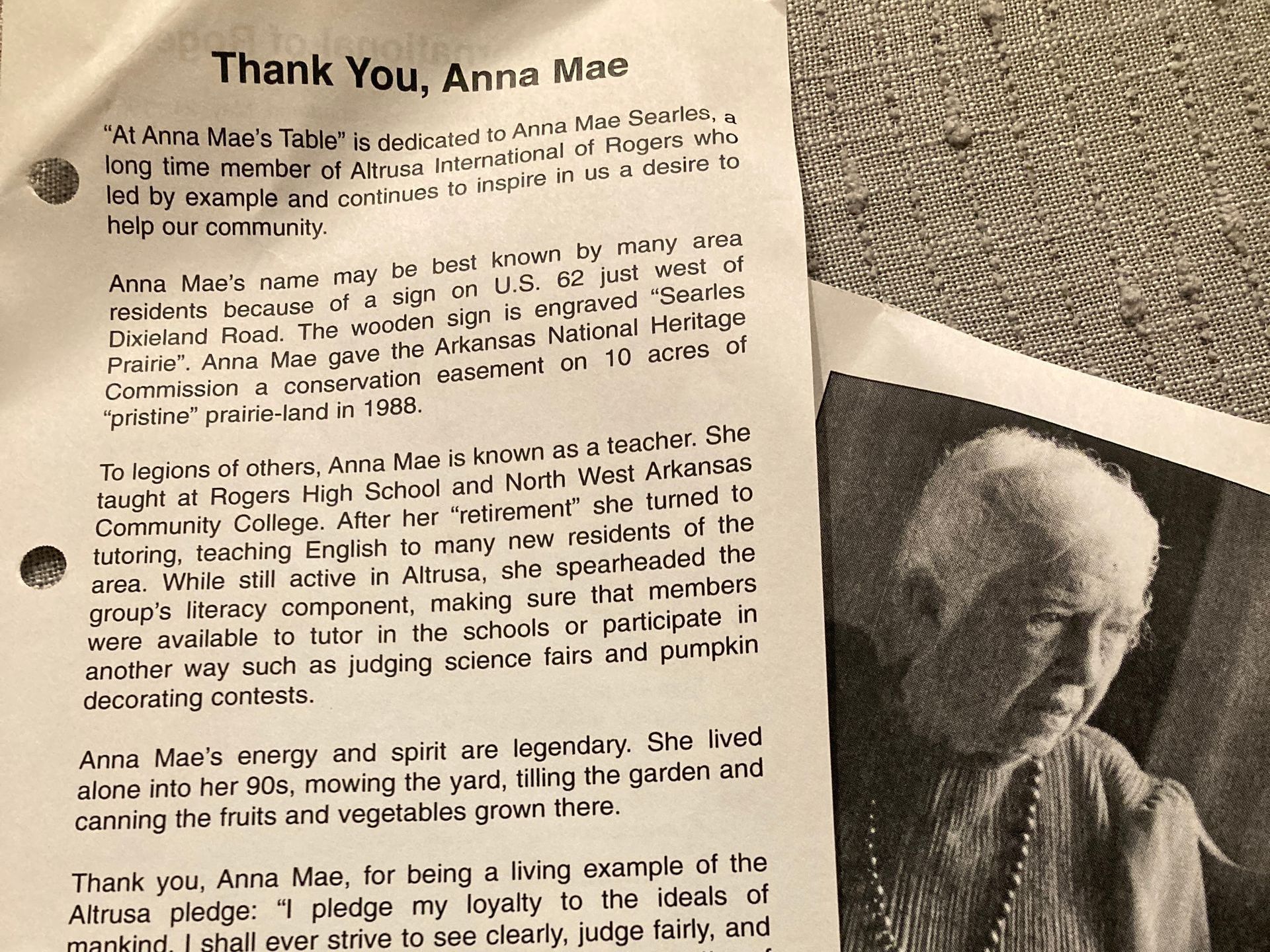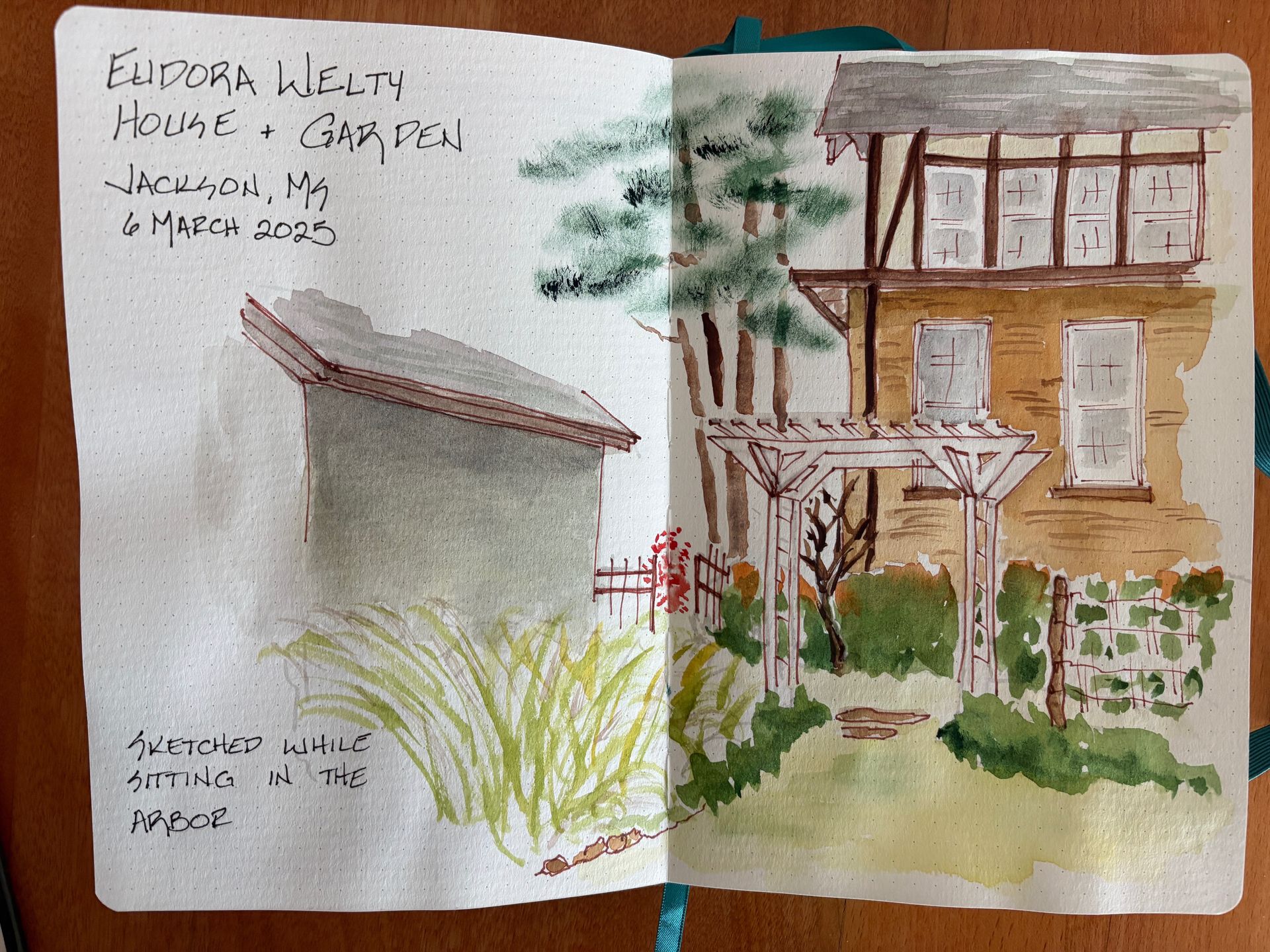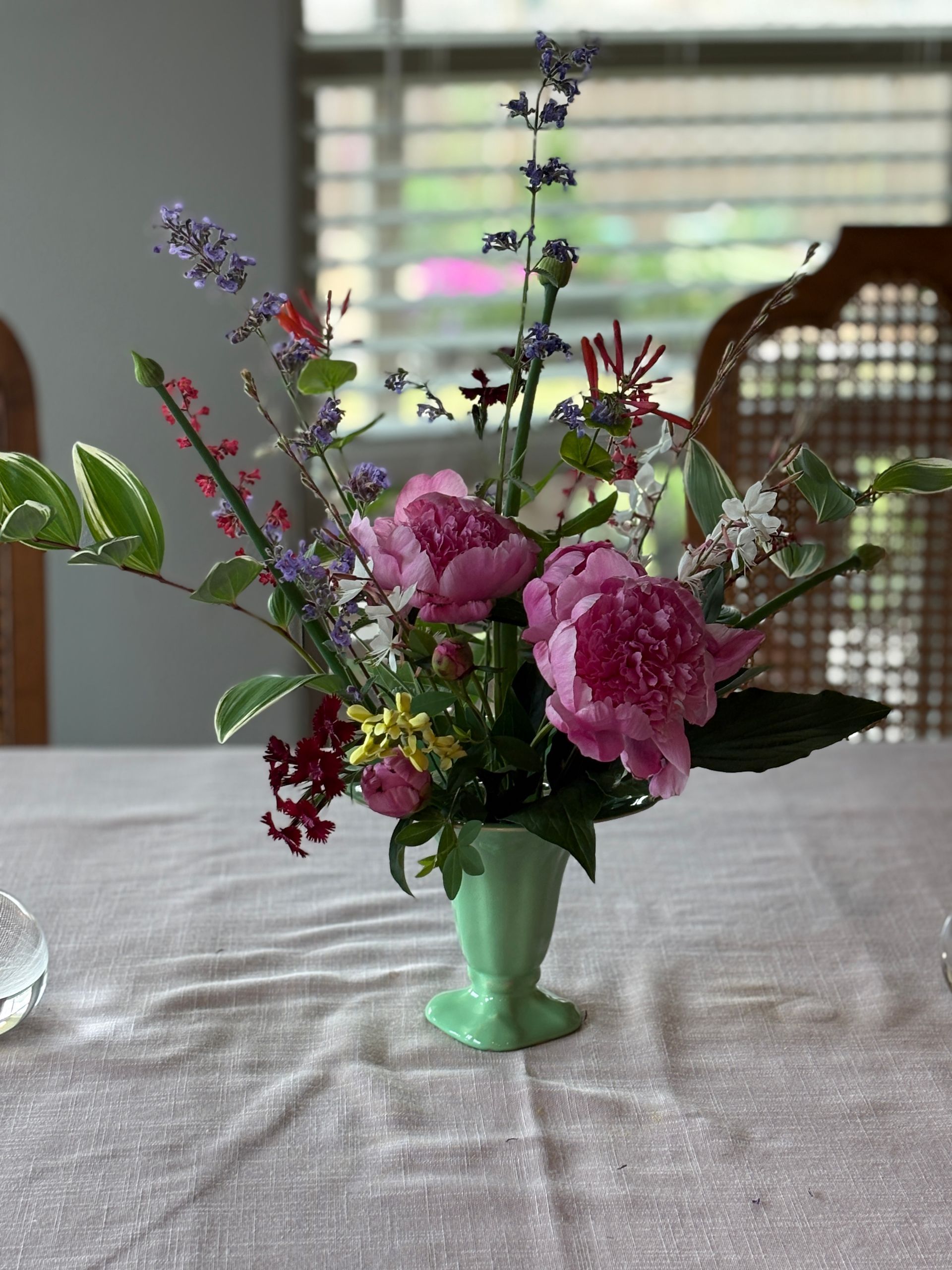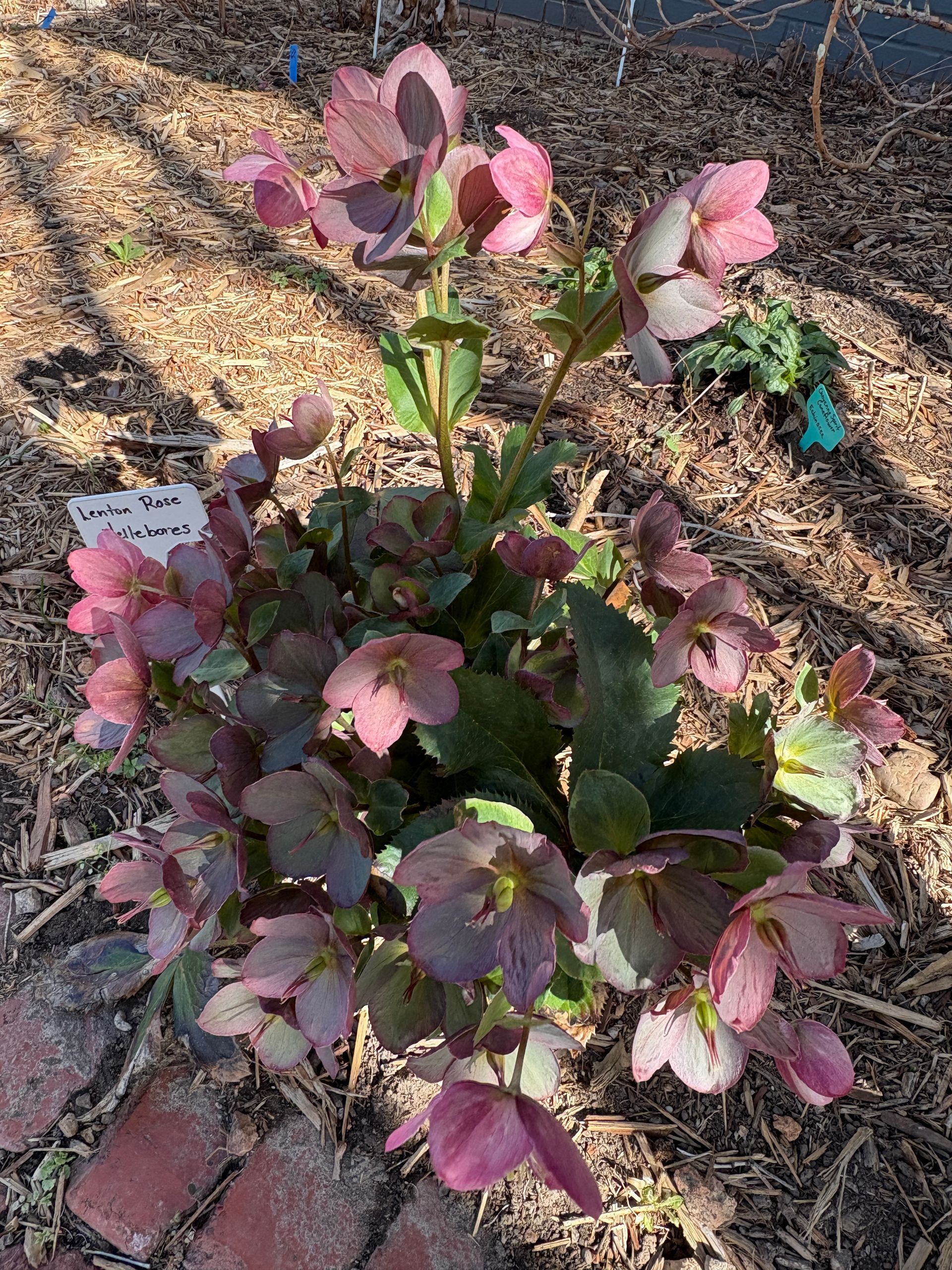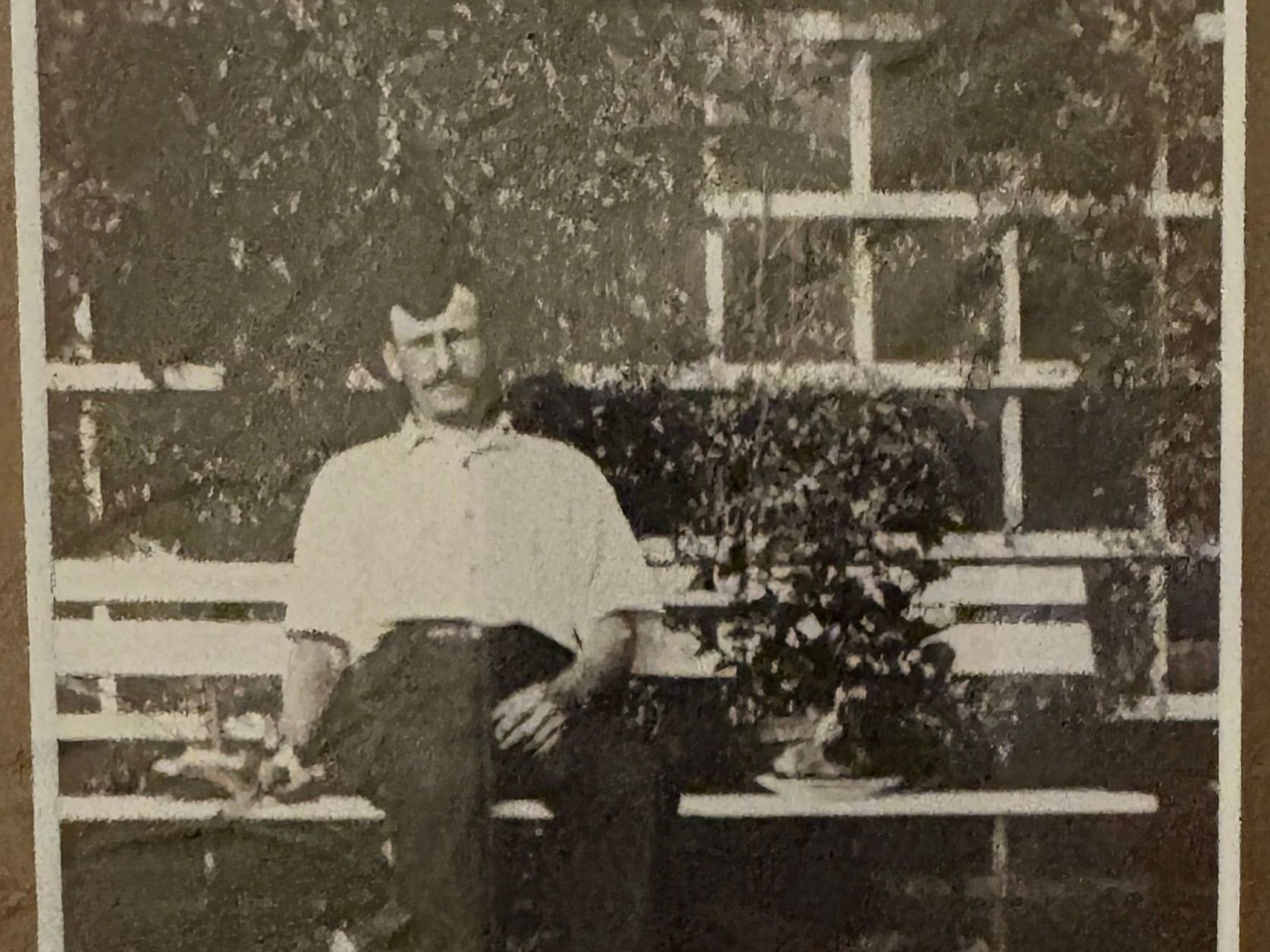Siting Plants in the Landscape
One key to a beautiful, low maintenance garden is to locate plants in the area where they are most likely to thrive. A plant in favorable growing conditions will grow faster, have fewer pests and diseases and require less (or no) chemicals. There are many conditions to consider: sun, moisture, soil, wind, etc. No gardener can know all of these or find just the perfect spot, but the more one does know and works to meet the plant requirements, the healthier the plant will be and the less work is required once the plant is established.
Sometimes finding the right spot for a plant means moving it until it is happy. To try to avoid this, it is important to review the information on the plant tag and in reference books. It is wise to keep at least one gardening reference book on your shelf, preferably one with regional information. The summer sun is more intense as one moves south. A plant that thrives in full sun in Michigan may burn without afternoon shade in Oklahoma. Also, plants mature at different sizes in different locations where there are different soils, rainfall and growing seasons. In the deep South some crape myrtles become majestic trees and butterfly bushes are semi-evergreen, yet in their northern ranges these plants may die back to their roots in winter, serving as smaller summer-blooming shrubs in those landscapes. Since plant tags are produced for nationwide use, a regional book provides information relevant to your garden.
There are many factors to consider when choosing and siting a landscape plant. This article will look at two key factors: sun exposure and moisture.
Sun Exposure
Full sun is easy to understand, but when we hear terms like ‘part shade’, ‘light shade’, ‘filtered shade’ or ‘deciduous shade’ it all starts to get confusing. Part shade means just that – shaded part of the day. But which part makes all of the difference.
In the South if an area gets morning sun and afternoon shade, then ‘part shade’ plants will do well. If the area gets morning shade and the hot, intense afternoon sun, then plant only a plant that can handle full sun in that area. Further north a part shade plant can handle afternoon sun better.
Filtered shade is shade under trees. Although it may be bright at times, sunlight is filtered though the tree canopy.
Deciduous shade is shade provided by a tree that drops its leaves in winter. This is a special area of the garden, as early spring bulbs and wildflowers love the sunlight coming through the branches in March, but by May the leaves are protecting the hostas and ferns in the garden. A few evergreens that prefer shade may suffer foliage burn when the leaves drop and they are exposed to the winter sun. Also, there are trees that drop their leaves earlier than others. This is a situation where a gardener gets to know their plants and microclimate over time – observation and experience gives a gardener much that no book can offer.
As a landscape matures, more than likely shade patterns will change and some sun lovers may have to move away from maturing trees to stay healthy. Similarly, if a tree is cut down a landscape may change dramatically. Plants that were in full shade may adapt to morning sun, but probably will not handle afternoon sun.
Moisture
When considering moisture a gardener not only has to supply enough moisture for the plant but also adequate drainage, especially in clay soil, which retains water.
Some plants can handle “wet feet”, but in the clay soils prevalent in the Southeast most planting beds should be constructed to ensure adequate drainage. For the sake of your home, surface drainage should flow away from any structures. Clustering moisture-loving plants, such as hydrangeas, together allows the gardener to concentrate watering where it is most needed. If drought tolerant plants are planted away from the house or near the end of the hose the gardener doesn’t have to drag the hose out to the edges of the property as often.
Every plant does need supplemental watering and a little babying during the first year it is in the ground, while it is establishing its root system. After that, even drought tolerant plants may need help during the driest times – just not as often as some of the more thirsty plants in the garden. A layer of organic mulch can lessen water needs by discouraging competing weeds, helping to retain water in the soil, and lessening rainfall runoff.
One Last Note – Changing Sun Patterns
Observe sun patterns throughout the year in your garden. In late March and late September (Spring and Fall Equinox) the sun rises due east and sets due west. During the winter the sun rises and sets further south and is lower in the sky at midday. During the summer the sun rises and sets further north and is higher in the sky at midday. There are fewer hours of sunlight in the winter than in the summer, when the hottest part of the day is mid-afternoon. These seasonal changes are more pronounced the further one is from the equator (much more noticeable in Chicago than New Orleans). What looks like a shaded area in November may prove to be sunny on a July afternoon, when the sun angle has changed. A garden that looks sunny in winter may seem oppressively dark when the leaves come out on the trees in spring.

